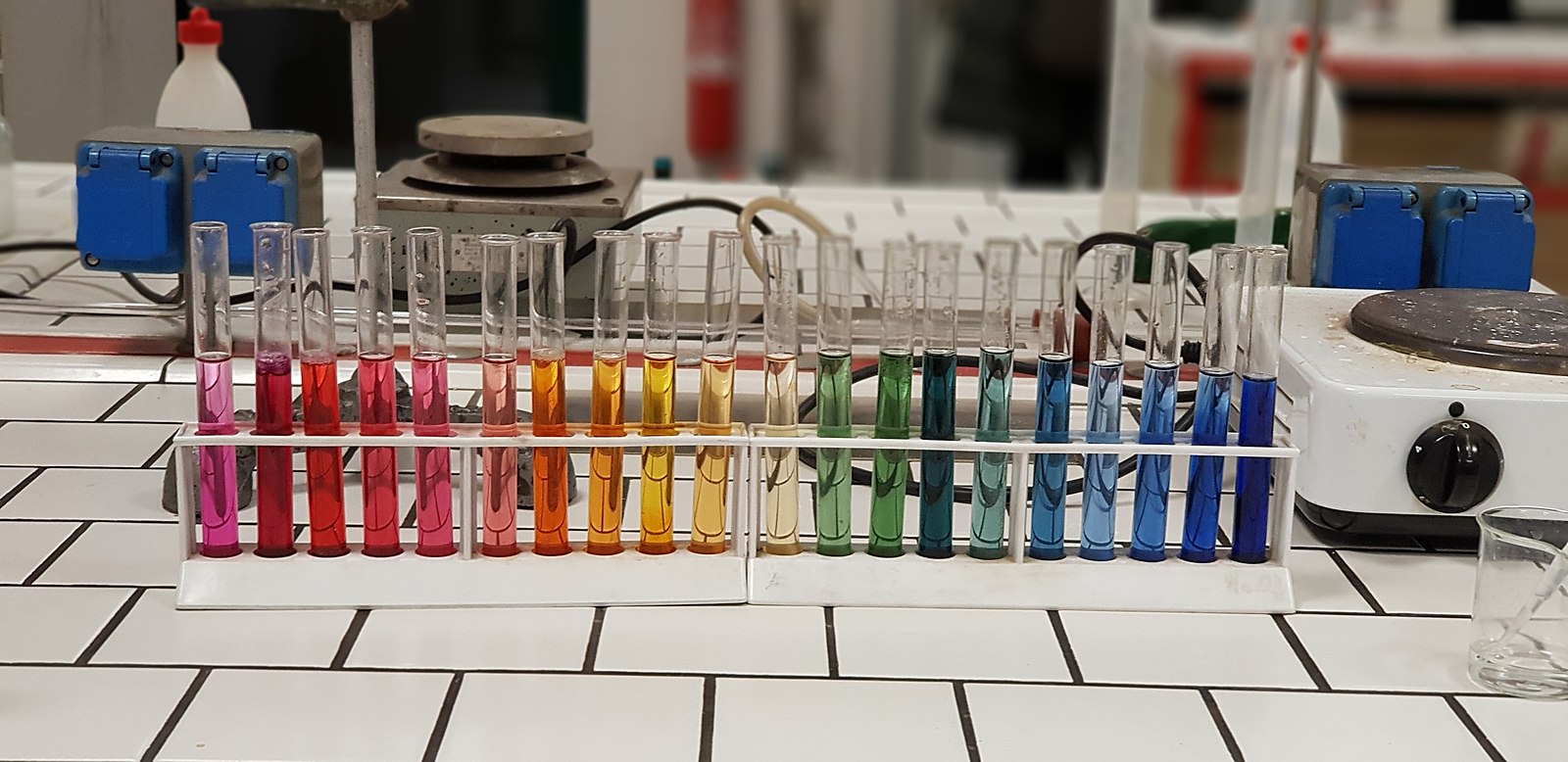The pH of a 0.1 M solution of potassium cyanide (KCN) in water is greater than 7, indicating that it is a basic solution. This is because KCN is the salt of a weak acid (hydrogen cyanide, HCN) and a strong base (potassium hydroxide, KOH), and its hydrolysis results in a solution with a pH > 7.
Understanding the pH of KCN in Water
Potassium cyanide (KCN) is a chemical compound that consists of a potassium cation (K+) and a cyanide anion (CN-). When KCN is dissolved in water, the cyanide ions (CN-) undergo hydrolysis, which is a reaction with water molecules, producing hydroxide ions (OH-) and increasing the pH of the solution.
The reaction can be represented as follows:
CN- + H2O ⇌ HCN + OH-
At a pH of 9.3-9.5, the concentrations of CN- and HCN are equal. As the pH increases, the concentration of CN- increases, and the solution becomes more basic. At a pH of 11, over 99% of the cyanide remains in the form of CN-, making the solution highly basic.
Factors Affecting the pH of KCN in Water
The pH of KCN in water can be affected by various factors, including:
-
Concentration: The pH of the solution is directly related to the concentration of KCN. Higher concentrations of KCN will result in a more basic solution.
-
Temperature: The pH of the solution can be influenced by temperature changes. As the temperature increases, the pH may slightly decrease due to the increased dissociation of HCN.
-
Presence of other ions: The presence of other ions in the solution, such as metal ions or other anions, can affect the pH by influencing the equilibrium between CN- and HCN.
-
Light exposure: Exposure to light can cause the decomposition of cyanide, which can affect the pH of the solution.
Balancing the pH of KCN in Water
To balance the pH of a KCN solution, one can add a weak acid or a strong acid, depending on the desired pH. For example, to lower the pH, one can add a weak acid such as acetic acid (CH3COOH). Conversely, to raise the pH, one can add a strong base such as sodium hydroxide (NaOH).
The specific amount of acid or base required to adjust the pH will depend on the initial concentration of KCN and the desired pH. It is important to carefully calculate and monitor the pH changes to ensure the desired pH is achieved.
Proper Storage and Handling of KCN Solutions
Proper storage and handling of KCN solutions are crucial to maintain their pH and stability. Here are some guidelines:
- Storage temperature: KCN solutions should be stored at a temperature between 5-8°C.
- Storage duration: KCN solutions should be used within two weeks of preparation.
- pH adjustment: Aqueous samples for cyanide analysis should be preserved under alkaline conditions by adjusting the pH to 12 or greater using sodium hydroxide.
Failure to follow these guidelines can lead to the decomposition of cyanide, which can affect the pH and stability of the solution.
Conclusion
In summary, the pH of KCN in water is greater than 7, making it a basic solution. The pH can be balanced by adding a weak or strong acid or base, depending on the desired pH. Proper storage and handling of KCN solutions are essential to maintain their pH and stability. Understanding the factors that affect the pH of KCN in water is crucial for various applications, such as water treatment, industrial processes, and analytical chemistry.
References:
- Toppr. (n.d.). Chemistry: Potassium cyanide. Retrieved from https://www.toppr.com/guides/chemistry/solutions/chemistry-potassium-cyanide/
- Homework.study.com. (n.d.). What is pH of a 0.1 M solution of KCN? Retrieved from https://homework.study.com/explanation/what-is-ph-of-a-0-1-m-solution-of-kcn.html
- Homework.study.com. (n.d.). Calculate the pH of the salt solution of KCN, 0.1 M. Retrieved from https://homework.study.com/explanation/calculate-the-ph-of-the-salt-solution-of-kcn-0-1-m.html
- Wyzant Ask An Expert. (2017, March 30). Calculate the pH of a 0.100 M KCN solution. Retrieved from https://www.wyzant.com/resources/answers/296693/calculate_the_ph_of_a_0_100_m_kcn_solution
- Labsertchemical.com. (2019, June 13). Storage and Usage of Cyanide Reference Solution. Retrieved from https://www.labsertchemical.com/Latest-News/Storage-Stability-Cyanide-Standard-Reference-Solution
- YouTube. (2020, April 28). Is KCN acidic, basic, or neutral (dissolved in water)? [Video]. Retrieved from https://www.youtube.com/watch?v=2STS9MJ5Fs4

